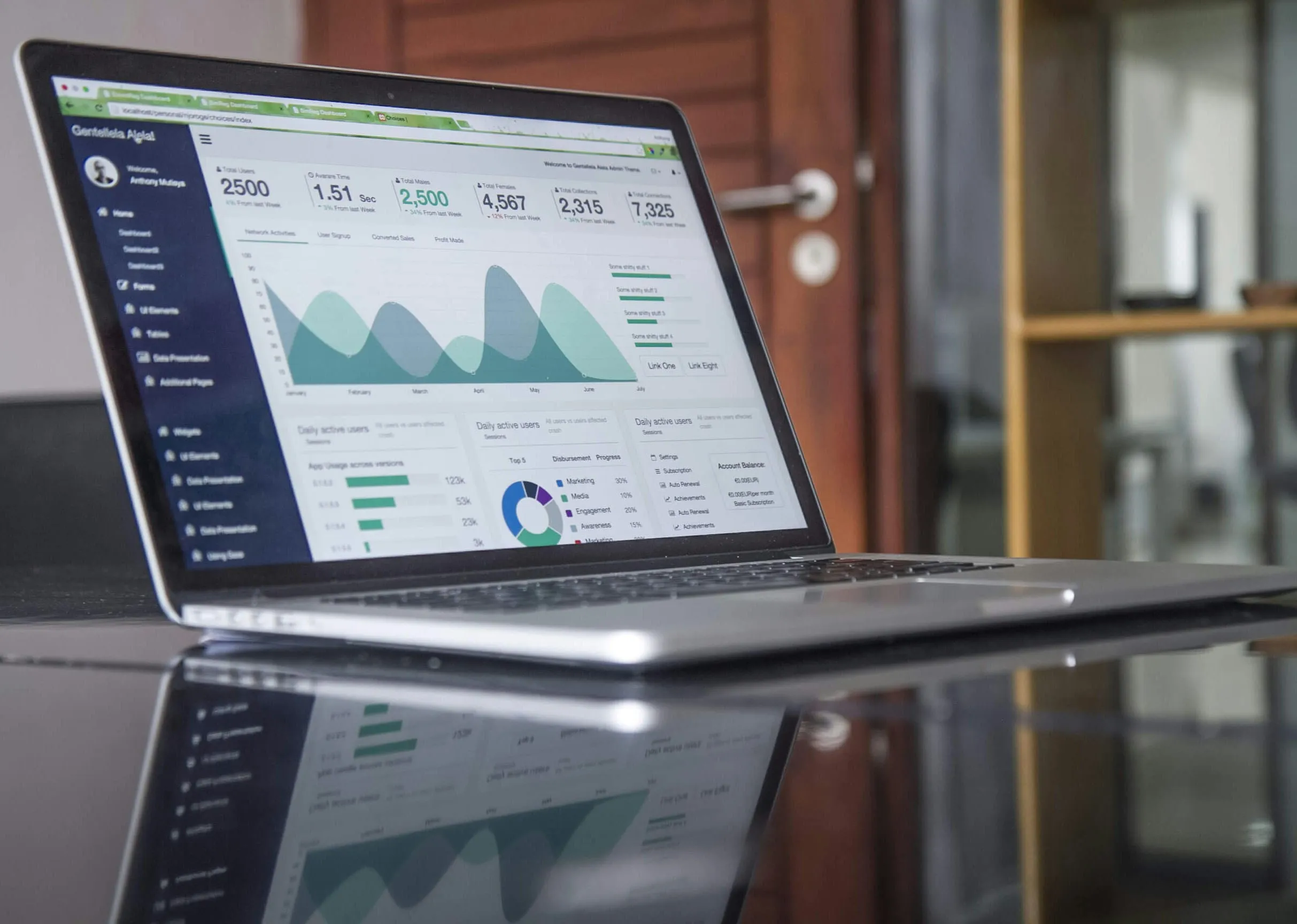

You’ve built a solid list of prospects, crafted a thoughtful message, and queued up your campaign. But once it’s live, one question lingers:
“What’s a good reply rate on LinkedIn in 2025?”
It’s a deceptively simple question with a nuanced answer. Messaging benchmarks have shifted over the past few years thanks to algorithm changes, message saturation, and better automation tools. In this post, we’ll break down current reply rate standards, what affects your numbers, and how to consistently outperform industry averages using smart automation.
Let’s clarify the terminology before we dive into benchmarks.
Reply Rate refers to the percentage of prospects who respond to your message (not just accept your connection request).
If you're only looking at how many people connect with you, you're measuring the wrong thing. What matters most is how many actually respond, and even more importantly, how many are interested.
Here are the current industry averages based on aggregated data from thousands of outreach campaigns:

If you're consistently seeing:
Let’s break down the key factors that impact how people respond to your LinkedIn messages:
If your audience is too broad, irrelevant, or cold, your reply rate will suffer. Precise filters and segmentation are essential.
Tip: Use job title, seniority, geography, and industry filters, combined with your ICP insights, to narrow in on high-intent prospects.
Personalization is important, but relevance is king. Messages that are clear, value-driven, and non-salesy consistently outperform long, generic pitches.
Example:
Instead of
"I saw you’re a founder in tech. I help founders grow revenue. Want to connect?"
Try
"Hey {first_name}, curious if you’ve tried LinkedIn automation before? I’ve been testing a setup that’s saving founders in tech 8–10 hours a week."
Most replies happen in the follow-up, not the first message. Failing to follow up means leaving results on the table.
Best practice: 2 to 3 follow-up messages spaced out over a week or two. Make each one value-based.
Sending messages at the wrong time, like during holidays or weekends, can reduce visibility and engagement.
2025 tip: Tuesday to Thursday mornings (local time) continue to yield the best response rates.
If you’re using tools that don’t allow A/B testing, sequencing, or inbox rotation, your results may stagnate.
Alsona enables you to:
InMail (messages to people you’re not connected with) has much lower engagement:
Unless you're running highly targeted paid campaigns, connection-based outreach typically performs better and costs nothing.
Benchmarks are helpful, but your goal isn’t just to hit 25% reply rates. It’s to start meaningful conversations with the right people. If you're reaching the right audience, delivering real value, and building relationships, the metrics will follow.
With smart automation and thoughtful messaging, it’s absolutely possible to stay above industry averages, and consistently book more qualified calls.